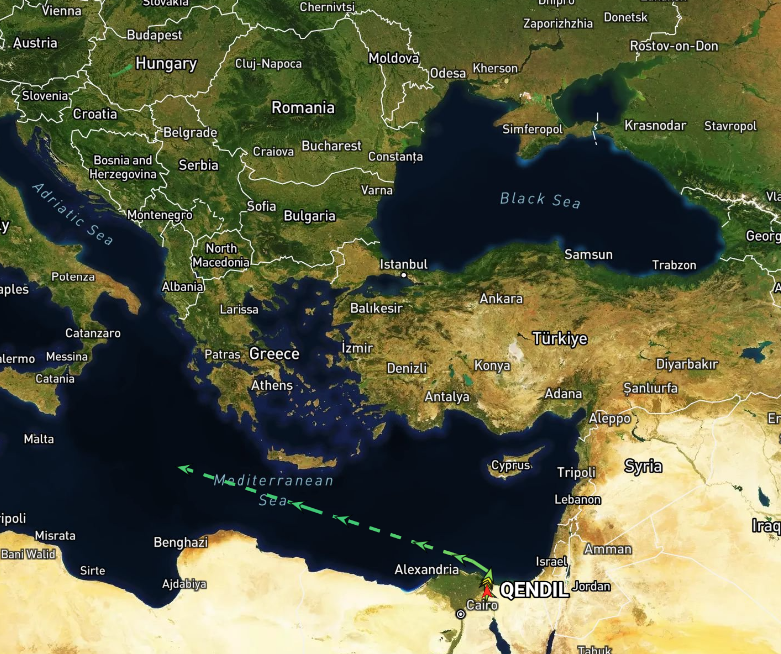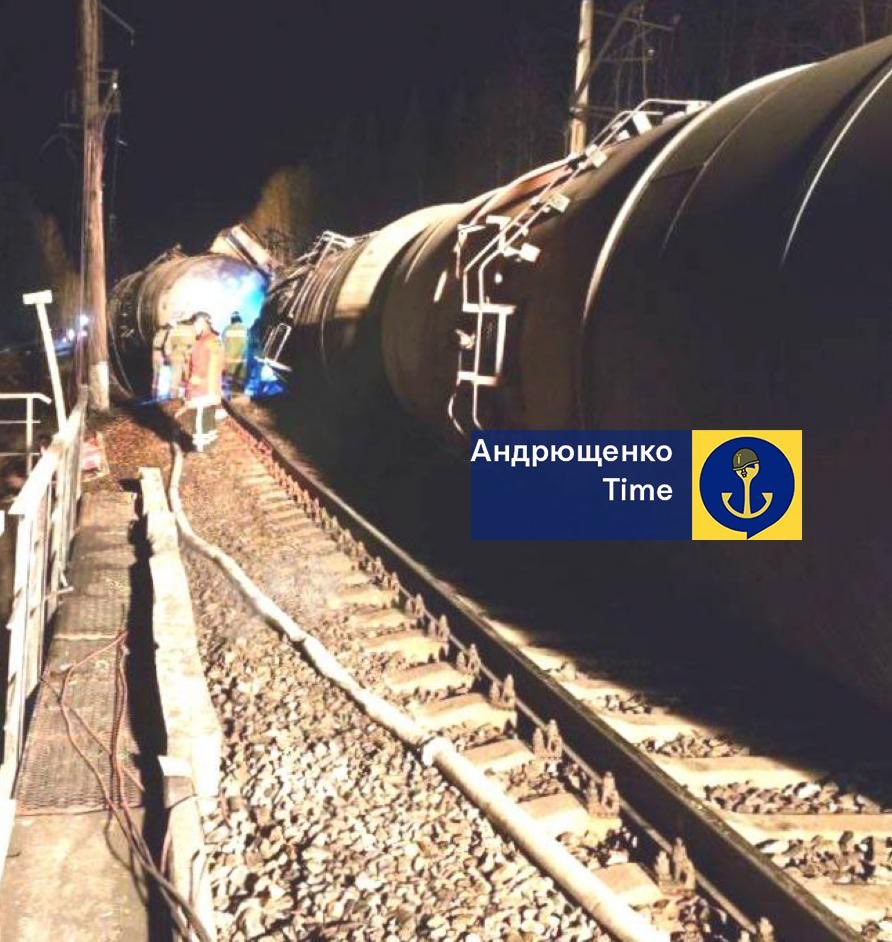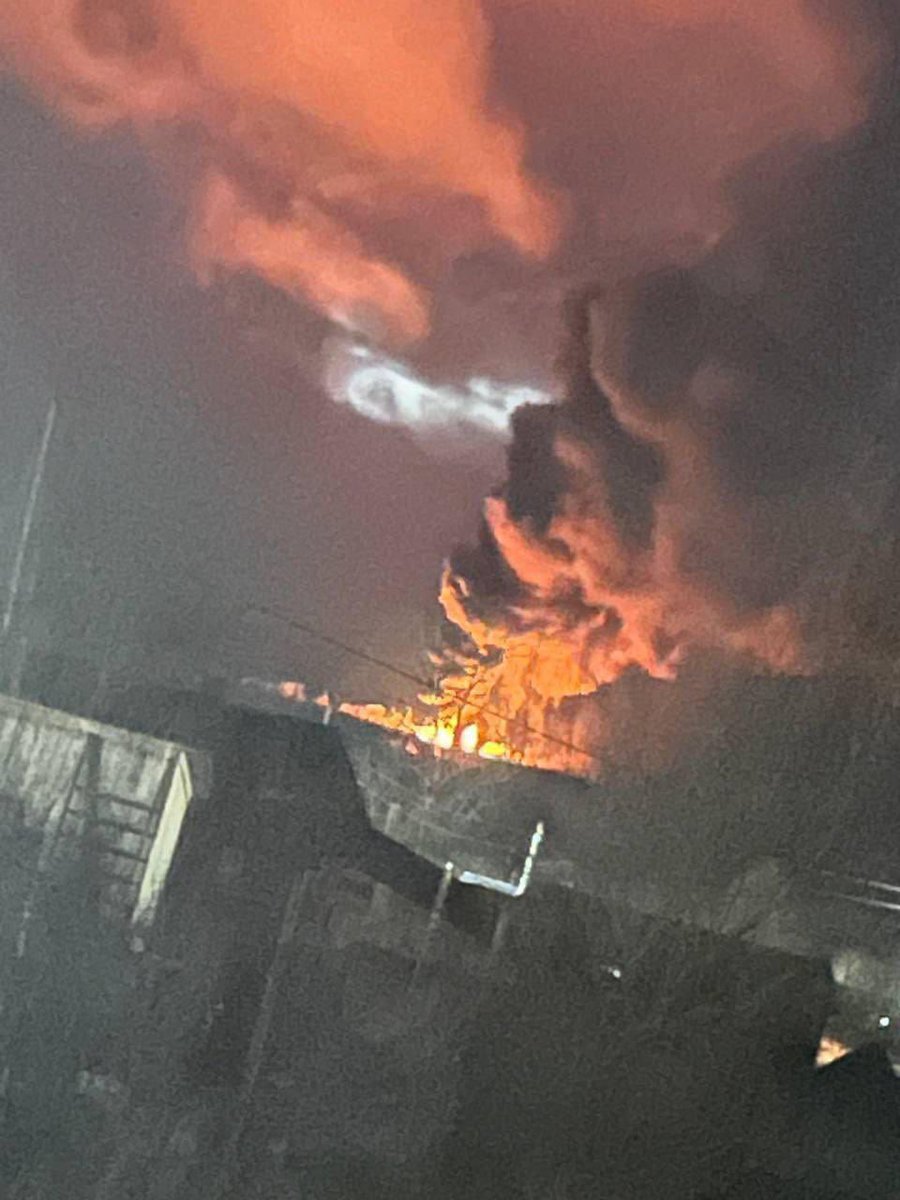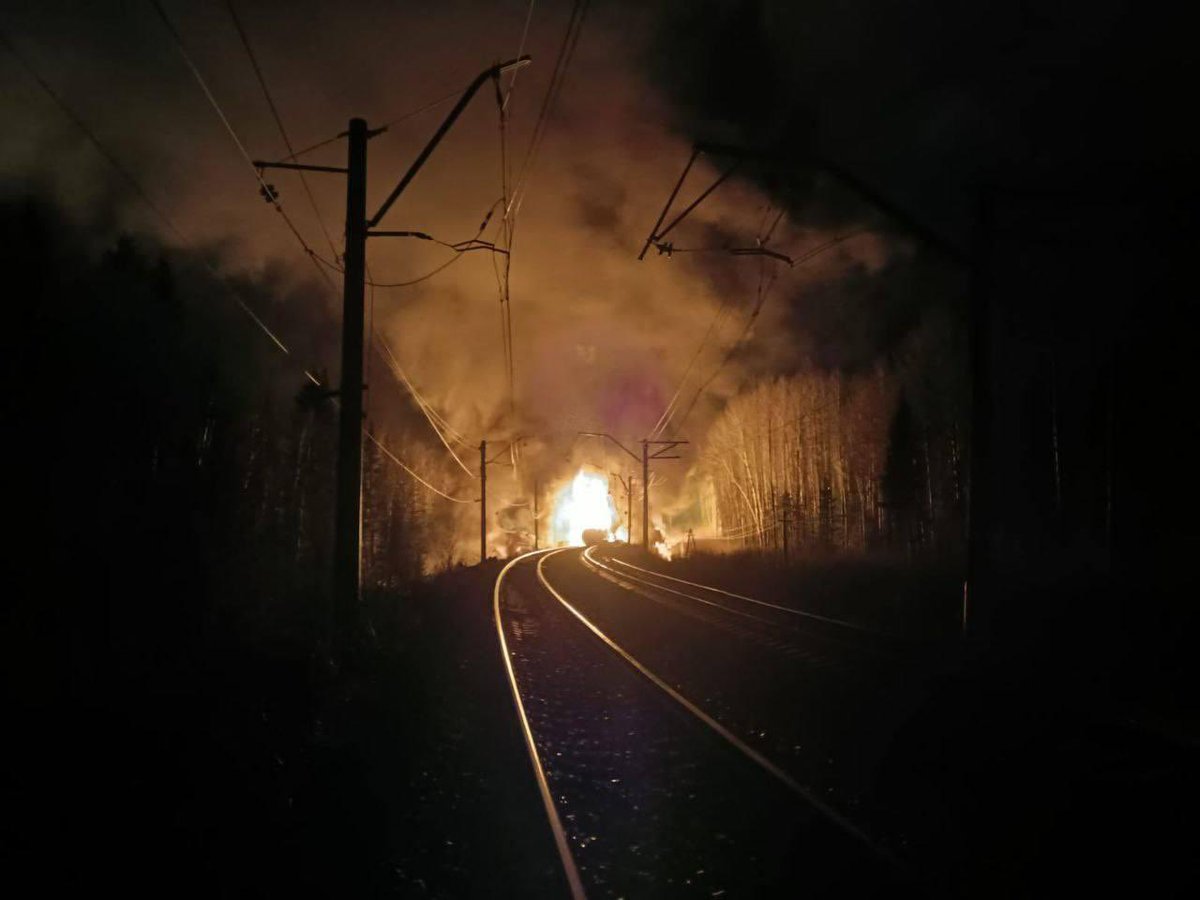What are the issues I don’t think it’s mentioned enough is the survivability rate among Russian tank crewmembers.
The T-72/T-80 is not a very fun environment when hit. The crew sits on a carousel autoloader, and if the ammunition is hit, the results aren’t great.
The T-72/T-80 is not a very fun environment when hit. The crew sits on a carousel autoloader, and if the ammunition is hit, the results aren’t great.

In fairness, the autoloader makes the tank much smaller, and removes the need for a human loader.
Unfortunately, as you can see, it’s also extremely vulnerable.
Unfortunately, as you can see, it’s also extremely vulnerable.
Russia is losing a lot of experienced armored vehicle crew members. Even if the vehicles themselves can be replaced, it’s going to take far longer to train up new crews.
Never going to unsee the typo
• • •
Missing some Tweet in this thread? You can try to
force a refresh
















